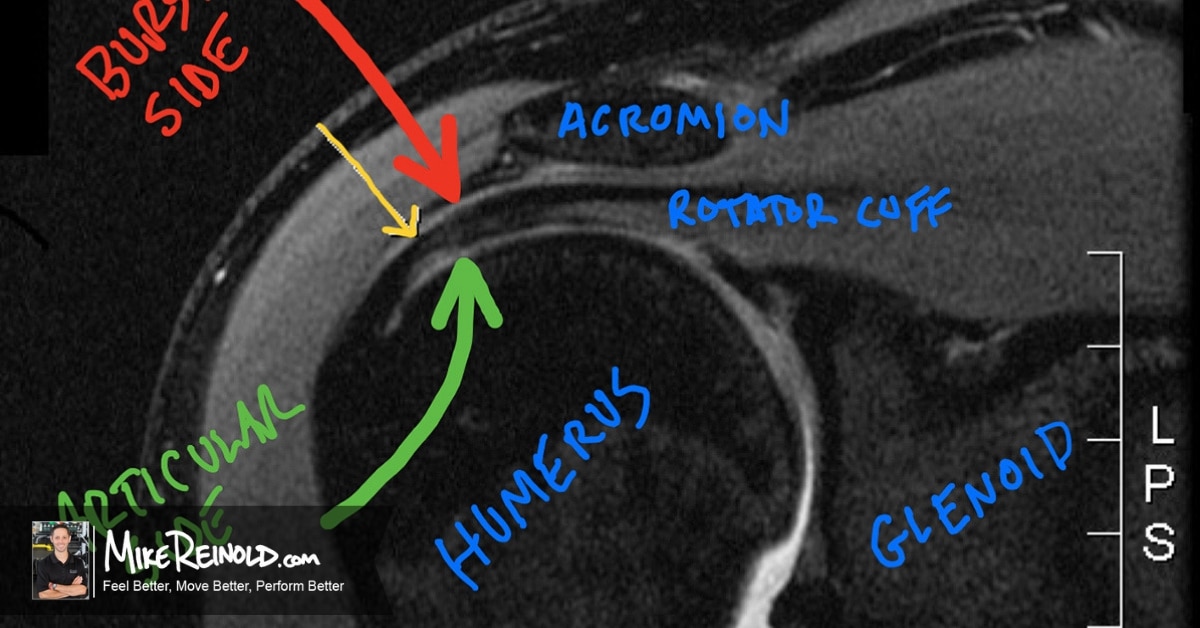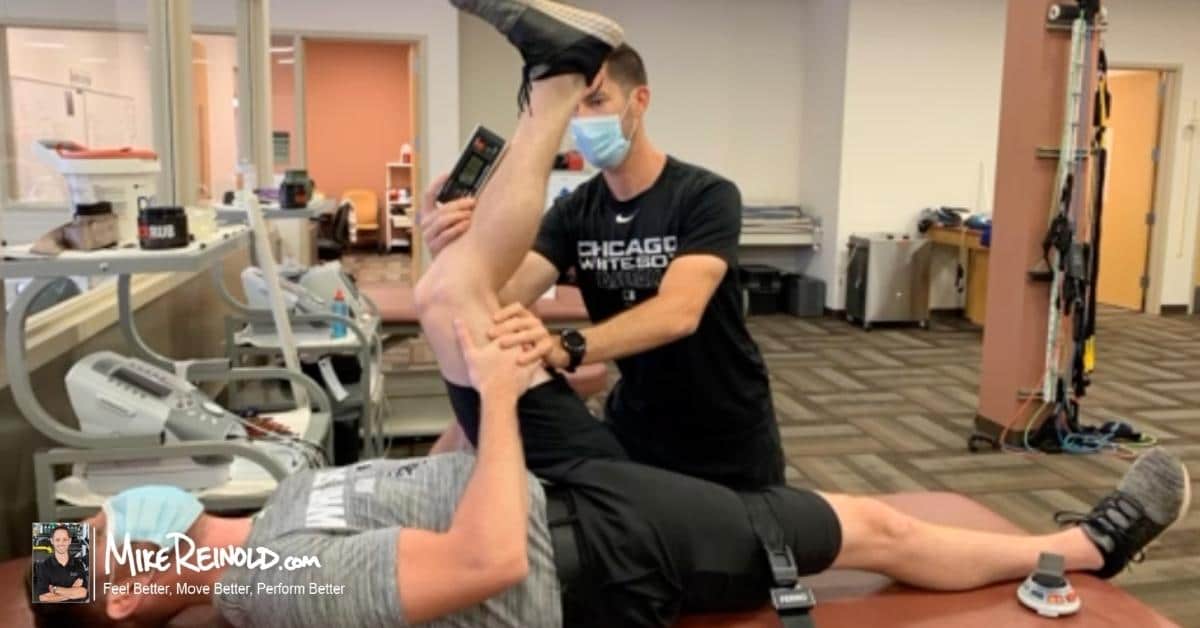Today’s post is a review of a recent meta-analysis looking at the accuracy of clinical tests for meniscal lesions from our friend Dan Lorenz, MS, PT, ATC/L, CSCS.
RESEARCH UPDATE: Clinical Tests for Meniscal Lesions
Dan Lorenz, MS, PT, ATC/L, CSCS
It has been estimated that approximately 27% of all outpatient physical therapy visits are for knee pain.1 Of the many possible lesions causing pain, one common source is from a meniscal lesion. Recently, Meserve et al2 did a meta-analysis summarizing the accuracy of clinical tests for assessing meniscal lesions of the knee. Previous researchers have performed meta-analyses on clinical tests for meniscus tear, but failed to account for the variability and in test sensitivity and specificity due to differences in methodological quality among the studies.3-5 Because of that, diagnostic accuracy could be skewed. Clinicians should select tests with the highest sensitivity or negative likelihood ratio to rule out meniscal injury, or conversely, rule in meniscal injury with tests having high specificity or positive likelihood ratios.1 The purpose of this update is to provide a synopsis of what was found in their review.
Eleven studies satisfied the authors criteria of sixty-four total considered for potential review. Joint line tenderness, Apley’s, and McMurray’s were reviewed based on them being the most common tests utilized. Ege’s and Thessaly tests were also evaluated, but the quality of the studies was not good based on small sample sizes. Of note, diagnostic tests findings were interpreted without considering whether the lateral or medial meniscus was torn.
The researchers ultimately found that:
- Joint line tenderness was found to be the superior test in terms of sensitivity, followed by the McMurray’s and then Apley’s.
- Specificity values were larger with Apley’s compared to joint line tenderness and McMurray’s.
- Ege’s Test and the Thessaly Test,6-7 tests that have either compression with weight bearing or clinician-applied axial rotation, were found to have the strongest diagnostic accuracy, but with smaller samples in the studies.
Based on this review, like any other special test used clinically, a combination of a thorough history along with a physical exam will help the clinician differentially diagnose conditions that are presented to them. As with many other tests used for other pathologies, it appears that using several tests to detect meniscal lesions is supported by the literature.
EDITOR’S NOTE: The results are interesting and clinically applicable. Anecdotally, I have always observed that joint line pain and pain with deep knee flexion, either with weightbearing or passively, where the most indicative of meniscal pathology in my hands. Conversely, passively extending the knee into hyperextension seems to be uncomfortable in patients with anterior horn tears. One test that just doesn’t seem to work well for me is the Apley’s test. Sounds like the test may still useful as the specificity is high. What has your experience been? What other tests you feel are helpful in detecting a meniscal lesion? Thanks for the review Dan.
References
- Jette AM, Delitto A. Physical therapy treatment choices for musculoskeletal impairments. Phys Ther. 1997; 77: 145-54.
- Meserve BB, Cleland JA, Boucher TR. A meta-analysis examining clinical test utilities for assessing meniscal injury. Clinical Rehabilitation. 2008; 22: 143-161.
- Jackson JL, O’Malley PG, Kroenke K. Evaluation of acute knee pain in primary care. Ann Intern Med. 2003; 139: 575-88.
- Scholten RJ, Deville WL, Opstelten W, et al. Accuracy of physical diagnostic tests for assessing meniscal lesions of the knee: a meta-analysis. J Fam Pract. 2001; 50: 938-44.
- Solomon DH, Simel DL, Bates DW, et al. The rational clinical examination. Does this patient have a torn meniscus or ligament of the knee? Value of the physical examination. JAMA. 2001; 286: 1610-20.
- Akseki D, Ozcan O, Boya H, et al. A new weight bearing meniscal test and a comparison with McMurray’s test and joint line tenderness. Arthroscopy. 2004; 20: 951-58.
- Karachalios T, Hantes M, Zibis AH, et al. Diagnostic accuracy of a new clinical test (the Thessaly test) for early detection of meniscal tears. J Bone Joint Surg Am. 2005; 87: 955-62.
Meserve BB, Cleland JA, & Boucher TR (2008). A meta-analysis examining clinical test utilities for assessing meniscal injury. Clinical rehabilitation, 22 (2), 143-61 PMID: 18212035
Sign up for my FREE newsletter for even more great content!





